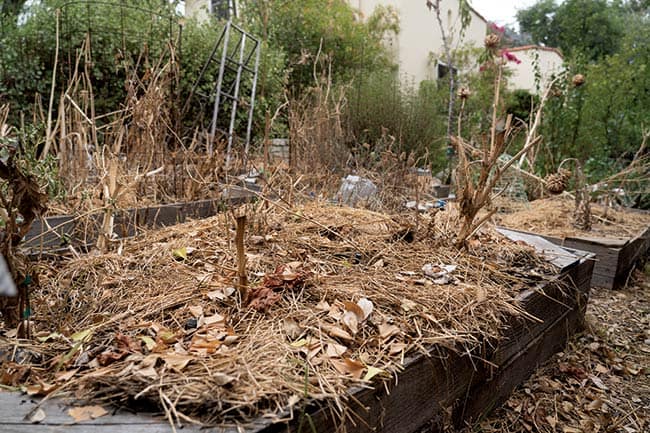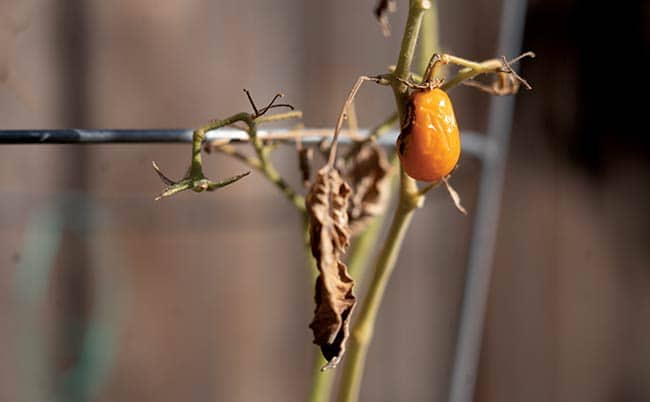Water hacks: how have Claremont residents been conserving?

by Andrew Alonzo | aalonzo@claremont-courier.com
It’s been just over 100 days since the Claremont City Council voted to affirm a level two water supply shortage.
The resulting restrictions were simple: residents were to cut their water usage by 20% in comparison with 2020 figures.
Thus, beginning June 1 Claremont residences with sprinkler systems could only water yards one day-a-week. Watering by hand and/or drip irrigation systems are still be allowed before 9 a.m. or after 5 p.m.
Residential properties Cal Fire determined to be in a severe fire hazard zone, and those in unincorporated areas of Claremont, are both exempt from the single day watering restriction, but still must reduce consumption by 20%.
Other restrictions are for everyone in the city, including prohibiting hosing down driveways and walkways; mandating water features such as fountains only use recirculated water; rinsing cars only with recycled water, a pressure washer, or a hose with a shutoff valve; and repairing all water leaks within 48 hours.
Sustainable Claremont Executive Director Stuart Wood recalled hearing about the new restrictions.
“I think they probably caught most of us off guard,” he said. “For a lot of us, it was seen as a step that should have been taken much sooner.”
Wood lives in La Verne, but said his family of four is subject to the same restrictions facing Claremont. They’ve since become much more cognizant of water usage by limiting the time spent washing dishes, maximizing the size of laundry loads, and cutting down on time spent in the shower.
“We’re all sort of climate and water conservation hypocrites and that’s okay,” Wood said. “We just have to sort of be aware of what we’re being called to do and do our best. Just all the simple stuff that we all kind of know about. The best thing about water conservation is that it’s not tricky, it’s right there in front of you. You just have to be aware of it.”
Not too long ago the family decided to cut off watering its landscaping completely, with the only exception being the massive pine trees surrounding the house.
“We cut the water to one day initially for a couple weeks, then it seemed kind of silly to even just do the one day because it had all sort of gone south by then,” Wood said. “So we just cut the water completely.”
Driving through Claremont, brown — or what Wood calls “crunchy grass” — seems to be the unpopular but obvious choice. Over the last week, the COURIER asked residents to share how they have been cutting back their water usage.
“Turning off the sprinklers and letting the front lawn go has worked to completely get us back to the needed minimum,” wrote Sumita Pahwa on the Claremont Connects Facebook group. “Also, being careful about doing larger loads of laundry instead of multiple small loads, timing showers so everyone is not in there longer than six minutes, and of limiting flushing where there is no pressing need.”
Claremont native Sorrel Stielstra wrote in an email that she and her husband Chris Chinn made the decision to let their six-bed garden go fallow over the last few months. In the past the garden produced tomatoes, lettuce, peppers, herbs and other seasonal vegetables, but when the COURIER viewed it on Saturday, September 17, it was anything but verdant.
“I realized that the amount of water wasn’t worth the yield from the garden, so we let the plants die,” Stielstra wrote.
The couple has employed hacks such as using “greywater,” which refers to the reuse of non-fecal wastewater from sinks, showers, baths, washing machines or dishwashers, for laundry and landscaping. They also have a recirculating pump to heat water before turning on the shower so it isn’t wasted while waiting for the water to get warm, and they utilize lots of wood chips in their garden for deep mulch.

Sorrel Stielstra’s and Chris Chinn’s vegetable garden has gone fallow, partially due to ongoing water restrictions. COURIER photos/Andrew Alonzo
Claremont Connects member Summer Kaimalia said she too has been using greywater. “I’ve started using gray water from showers and dishwashing (even the water used for boiling pasta) … My plants don’t seem to mind at all,” she wrote.
Claremont resident Laura J. Muna-Landa told the COURIER, “Each shower has a bucket and we capture the greywater or water that overshoots. On average, we capture three buckets a day (16-quart bucket).”
Stielstra recently installed a Flume water use sensor, which sends water use stats to her smartphone and can also detect leaks.
“These measures have helped us achieve the 20% Golden State Water-mandated reduced water use,” Stielstra said. “So it would seem that there has been [monetary] savings as well!”
Since restrictions began, Wood and Sustainable Claremont have been doing more educational outreach, hosting informational programs and answering queries from folks looking to be more water wise. Email them at info@sustainableclaremont.org if you have a question.
On November 13, Sustainable Claremont will host a free water-wise community festival at California Botanic Garden. The event is designed to provide education and guidance on California native plants, water wise landscaping and more. Information is at sustainableclaremont.org/2022/09/14/waterwise-community-festival.

A yellow pear tomato slowly dies on its vine at Claremont COURIER head of advertising Mary Rose’s home on Friday, September 16. COURIER photo/Andrew Alonzo
Other tips and resources are available at water.ca.gov/water-basics/conservation-tips. To view Claremont’s current water restrictions, visit ci.claremont.ca.us/living/water/drought-information.
Claremont looks to be doing its part, but with the drought worsening, there is no end in sight to current restrictions. Metropolitan Water District indicated in July it will reevaluate the city’s conservation efforts in September and determine whether further cutbacks are needed.










0 Comments